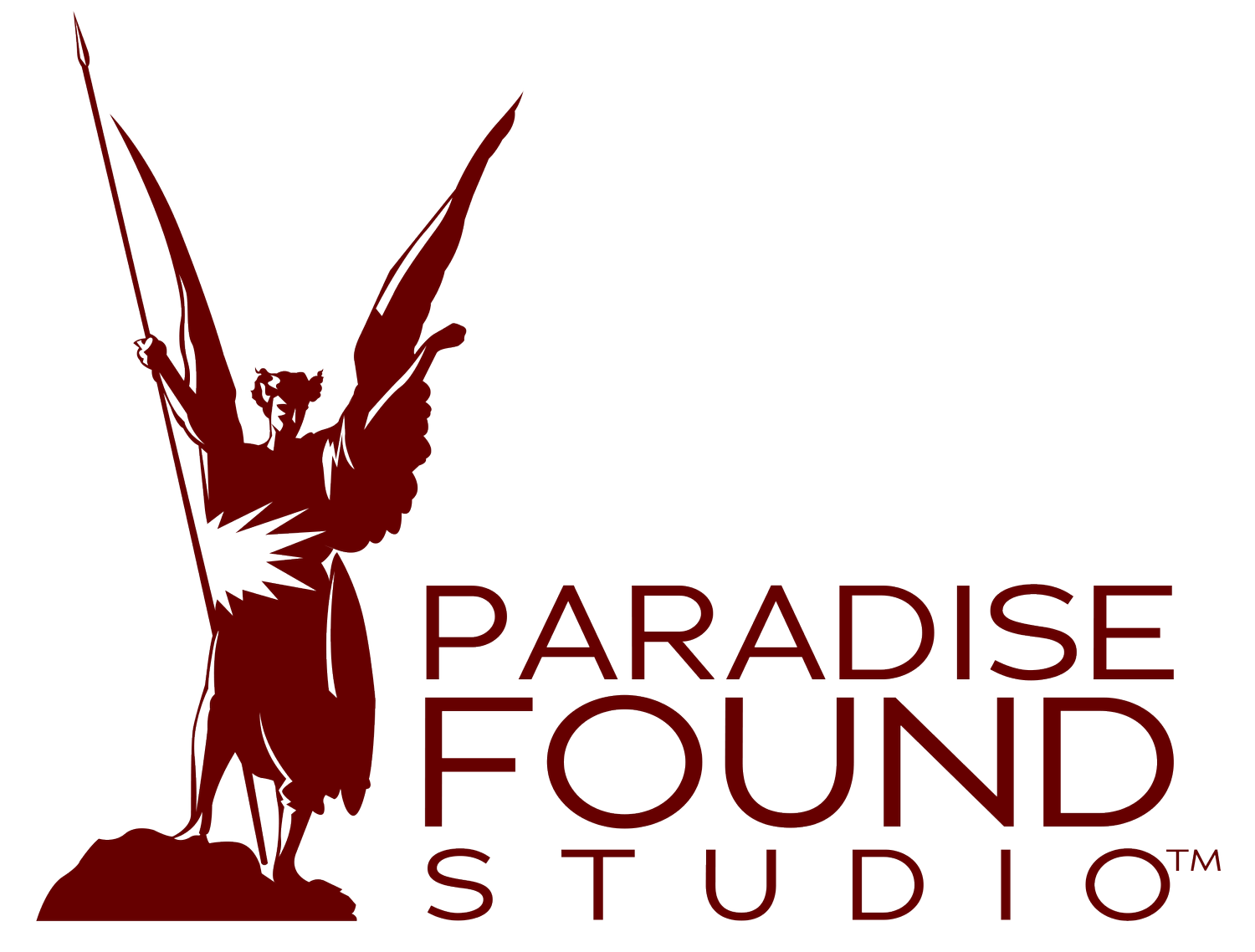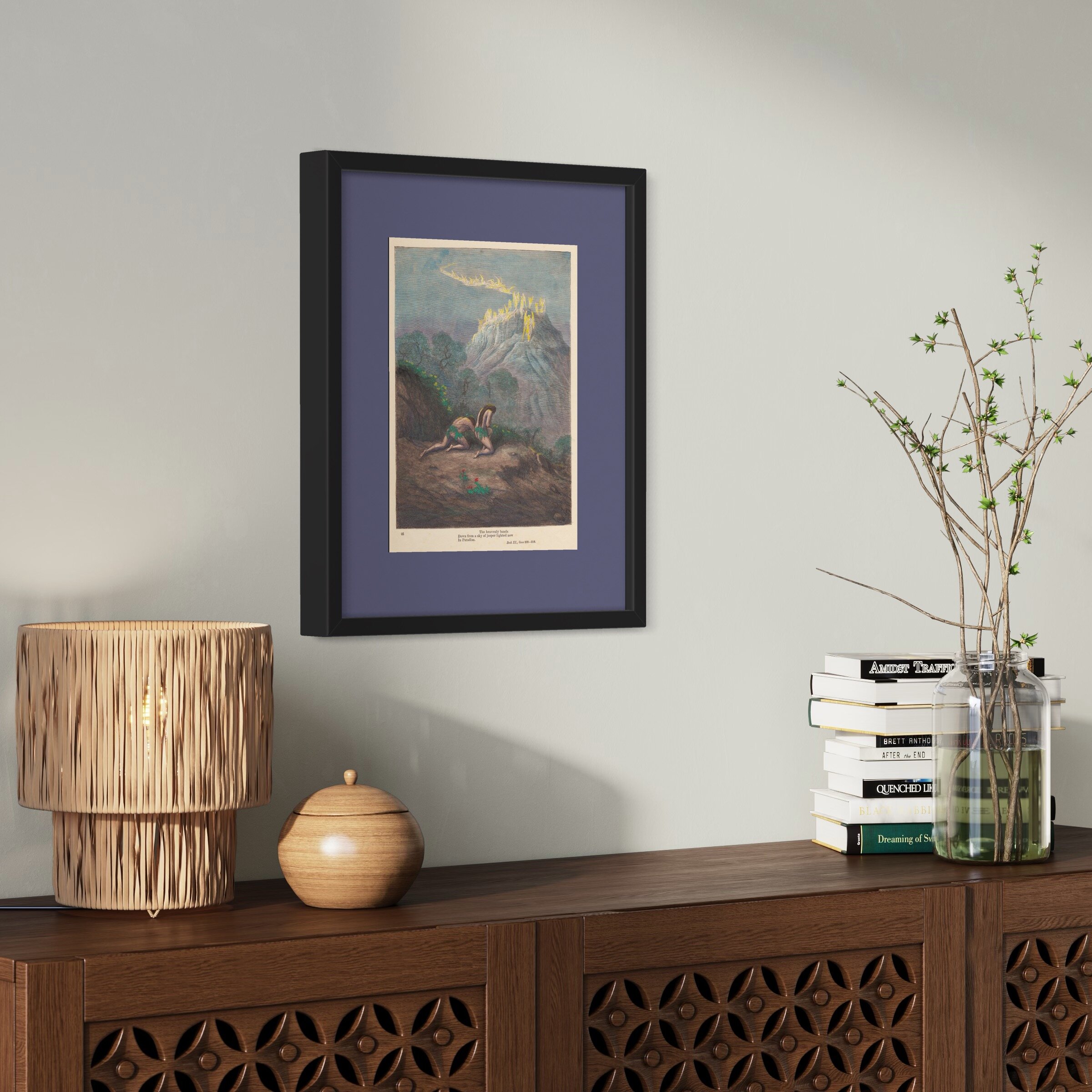What Are Giclée Reproductions?
Giclée (pronounced “zhee-clay”) reproductions are high-quality prints of original artwork created using a specialized inkjet printing process. The term "Giclée" comes from the French word gicler, meaning "to spray," referencing the method of precisely spraying archival inks onto fine art paper or canvas. This advanced printing technique ensures exceptional detail and vibrant color accuracy, capturing the texture and nuances of the original piece.
At Paradise Found Studio, Giclée reproductions of Kevin Pawlowski's artwork allow you to enjoy museum-quality pieces at an accessible price. Each print embodies the essence of the original creation, making it a perfect choice for collectors and art enthusiasts alike.
Click here to learn more about the giclée printing and finishing process.
-
Gustave Doré (1832–1883) was a prolific French artist and illustrator acclaimed for his significant contributions to the visual arts during the 19th century. Born in Strasbourg, Doré exhibited prodigious artistic talent from a young age, quickly rising to prominence. Renowned for his detailed and imaginative drawings, Doré's artistic brilliance found expression in collaborations with eminent authors such as Edgar Allan Poe and Charles Dickens. However, he achieved enduring fame through his masterful illustrations for John Milton's epic poem "Paradise Lost." Doré's evocative and meticulously crafted depictions of the celestial and infernal realms in Milton's work added a visual dimension to the profound narrative, solidifying his status as a preeminent illustrator of classic literature and leaving an indelible mark on the world of art.
-
In John Milton's "Paradise Lost," Adam and Eve are the archetypal progenitors of the human race, created by God in the Garden of Eden. Endowed with reason and free will, they live in a state of innocence and bliss until the cunning serpent, Satan in disguise, tempts Eve to eat the forbidden fruit from the Tree of Knowledge. Adam, despite knowing the consequences, also partakes in the forbidden fruit out of love for Eve. This disobedient act leads to their expulsion from Eden, marking the onset of humanity's mortal existence and the loss of their paradisiacal state. Milton's portrayal of Adam and Eve explores themes of temptation, free will, and the consequences of human choice, reflecting on the complexities of the human condition and the inherent struggle between virtue and vice.

















